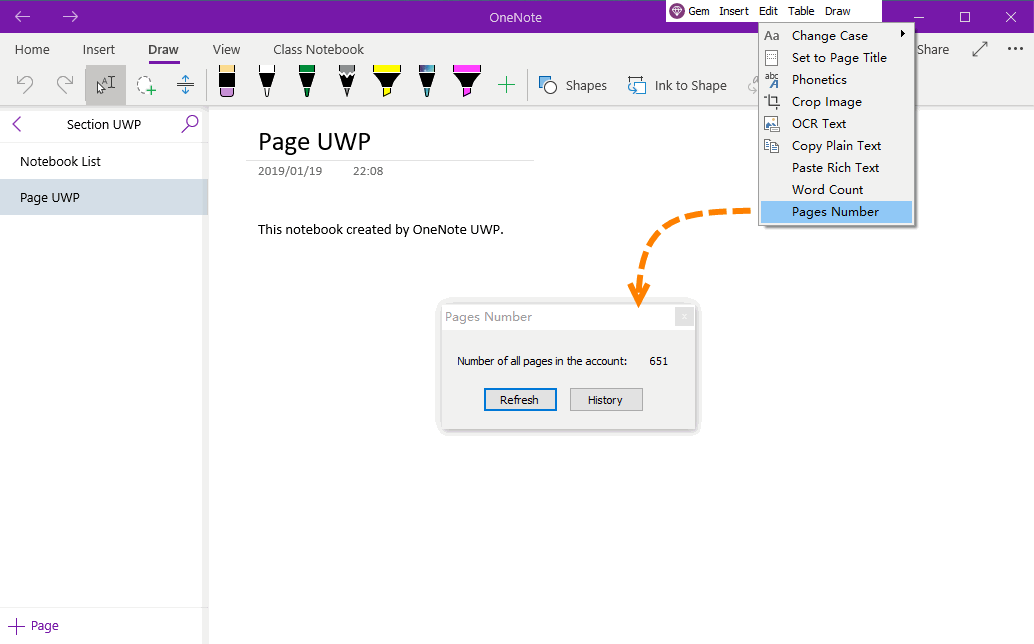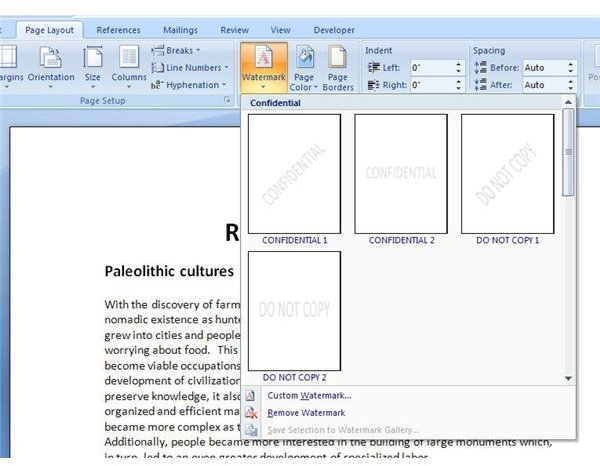
docx, I want them to receive a nice error message like, This only works with. If they mistakenly drop a text file on there, or a. This is only going to confuse my colleagues who, I repeat, expect to just drop a file onto an icon and have it work. Check the action's properties and try running the workflow again. Rather, you get the unhelpful dialog box The action "Action Name" encountered an error. It turns out there is no good way to raise an informative error if you want to save your Ruby script as an Automator app that uses the Run Shell Script action. docx file onto and magically a cleaned version will appear. They want a nice, self-contained little droplet that they can drop a. The problem, though, is that my colleagues are unlikely to whip open a terminal and run a Ruby script. I took the quick and dirty way and used a gnarled old copy of sed. But that's not what I did (OK, I admit to downloading it and skimming sections). You'll want to read the 5,220-page Office Open XML Part 4 - Markup Language Reference. The correct way to do this is to use SAX or DOM and a proper XML parser to reach into portions of the tree and change attributes. The reviewers are now conveniently renamed Reviewer 1, Reviewer 2, etc., and their initials are empty strings. Present the user with filename-clean.docx.Repackage the files using the Open Packaging Conventions.Transform the attributes into the following for each identified author:.Reach in and find all attributes of authors and their initials (w:author and w:initials).Extract the Open Packaging Conventions contents to a working directory.I wrote a Ruby script that basically does the following: If we could sift through the contents of the XML and find the bits where the reviewers are identified, we could enumerate them and then anonymize them on an individual basis. We want to isolate that reviewer, not mix in the grumpy comments with the good.ĭoesn't Microsoft now use an open standard, Office Open XML (OOXML), for all of their documents? Can't we just go in there and tweak things a bit? This reviewer has just been turned down for promotion, missed a big grant, and got some bad gas station coffee.

Typically you'll get two good reviewers and then one who is just out in left field. In our scientific journal editor workflow example above, the graduate student doesn't know who to hate. The comments that have been made using the Track Changes feature have been anonymized into a single entity called "Author". This file now has no more metadata in it. and save a copy of the file, naming it something like MyFile-clean.docx. Step 2: Go to Word / Preferences / Security and check the box under "Privacy options" that says "Remove personal information from this file on save." Step 1: Open a saved copy of the document.

Microsoft's solution to this is to strip all personal identifying information (which they like to refer to by the acronymn PII) from the document in the following way: That way the graduate student only knows to hate "Reviewer number 2" instead of a specific person. Notice step 4, in which the identity of the reviewers is cast into shadow.


 0 kommentar(er)
0 kommentar(er)
